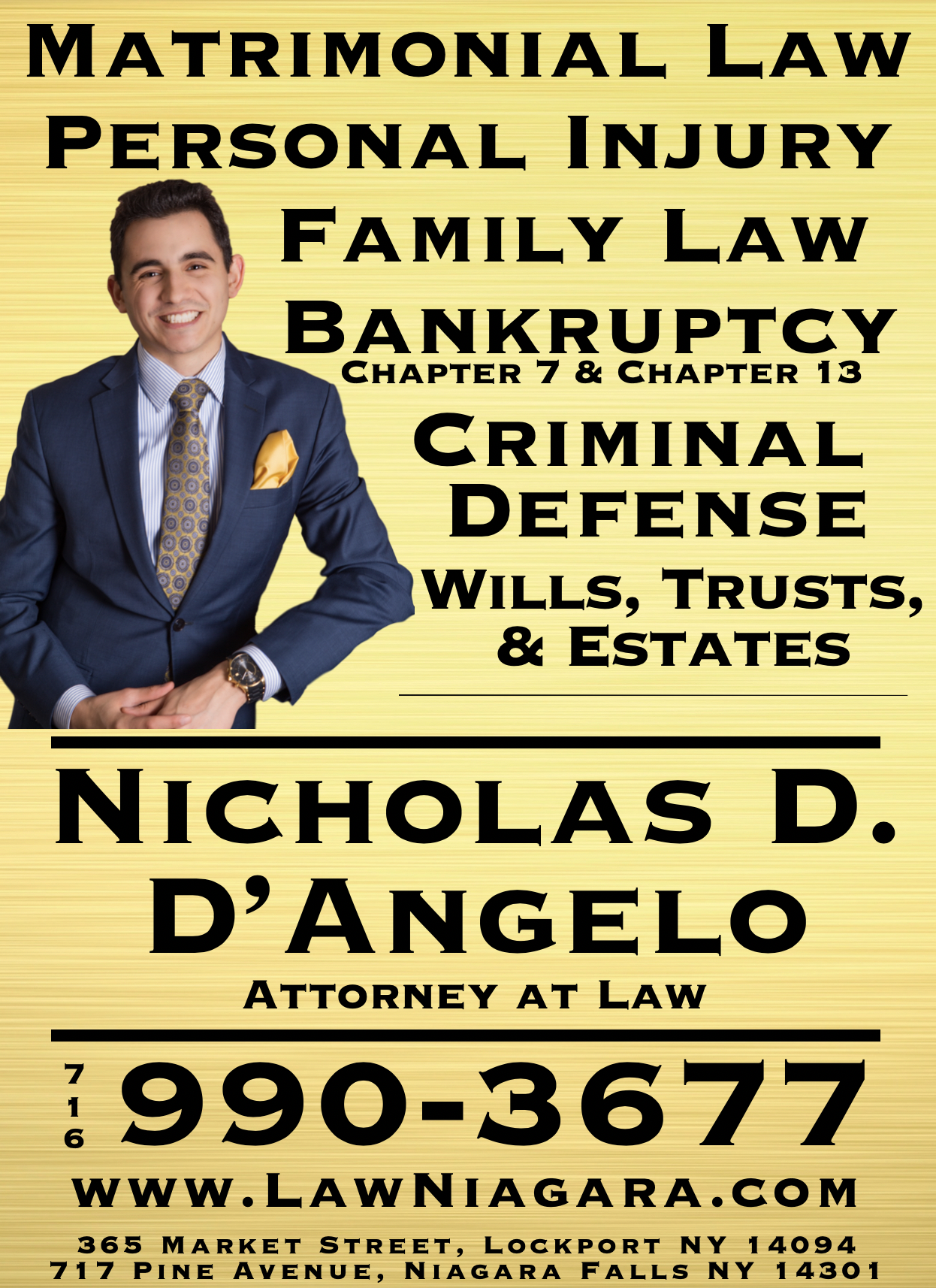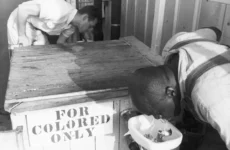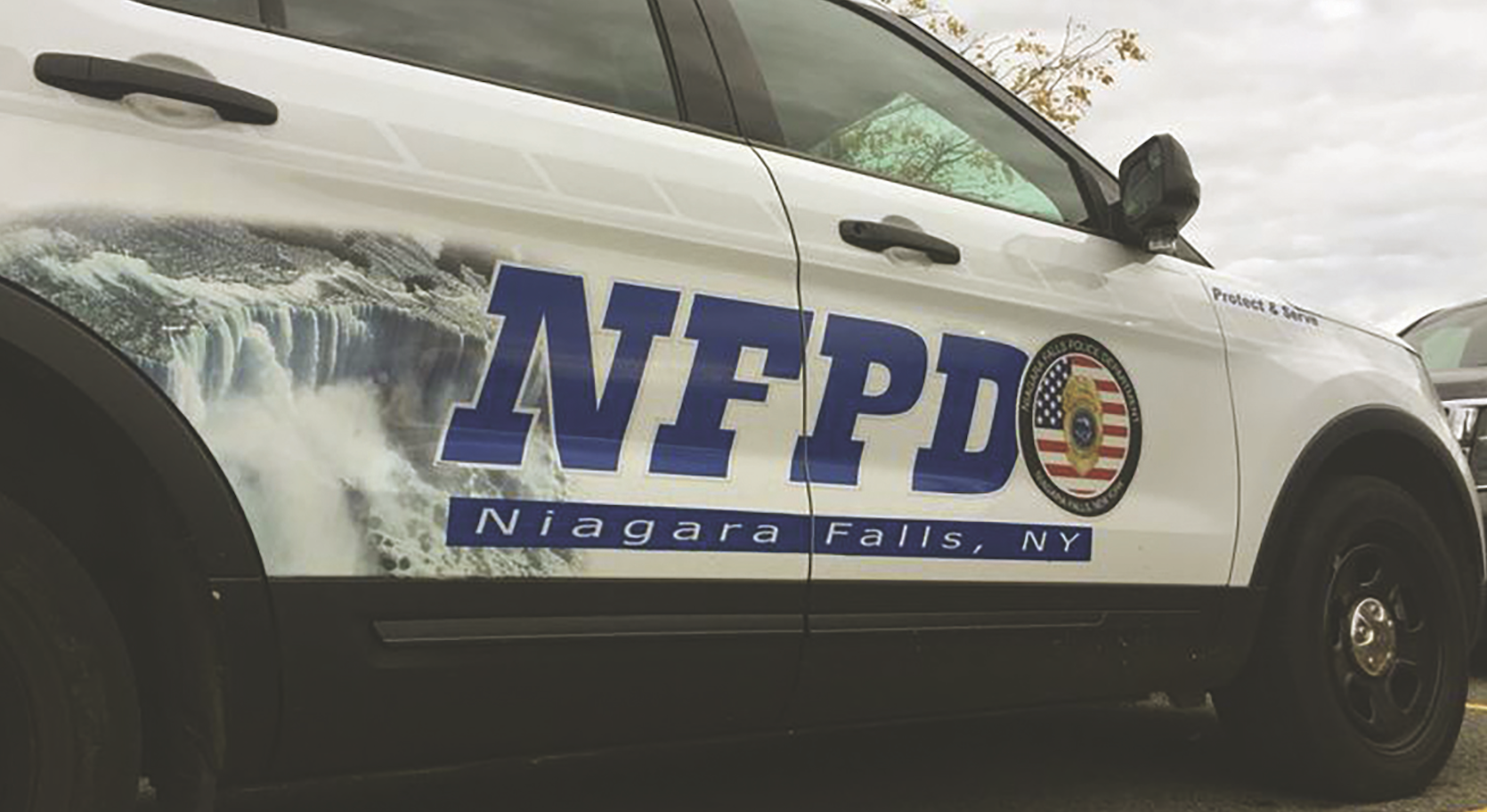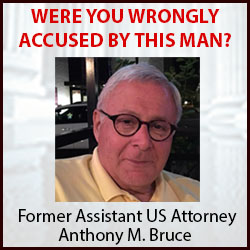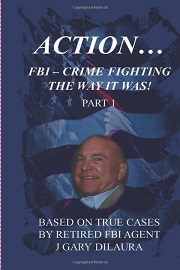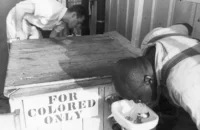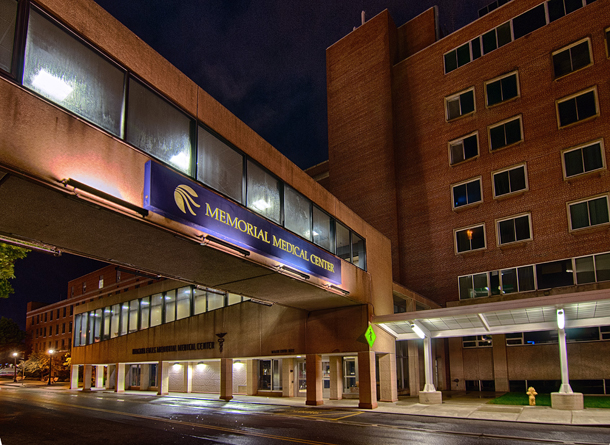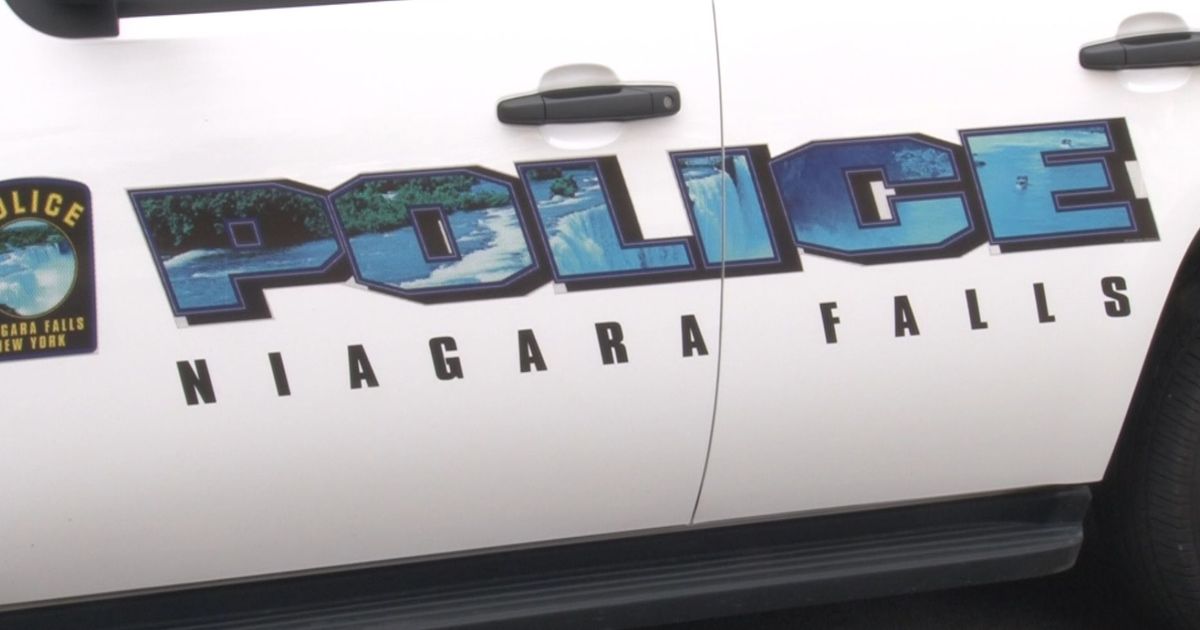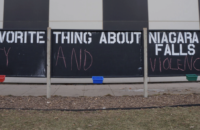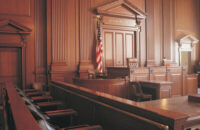Please click the link below to subscribe to a FREE PDF version of each print edition of the Niagara Reporter
http://eepurl.com/dnsYM9
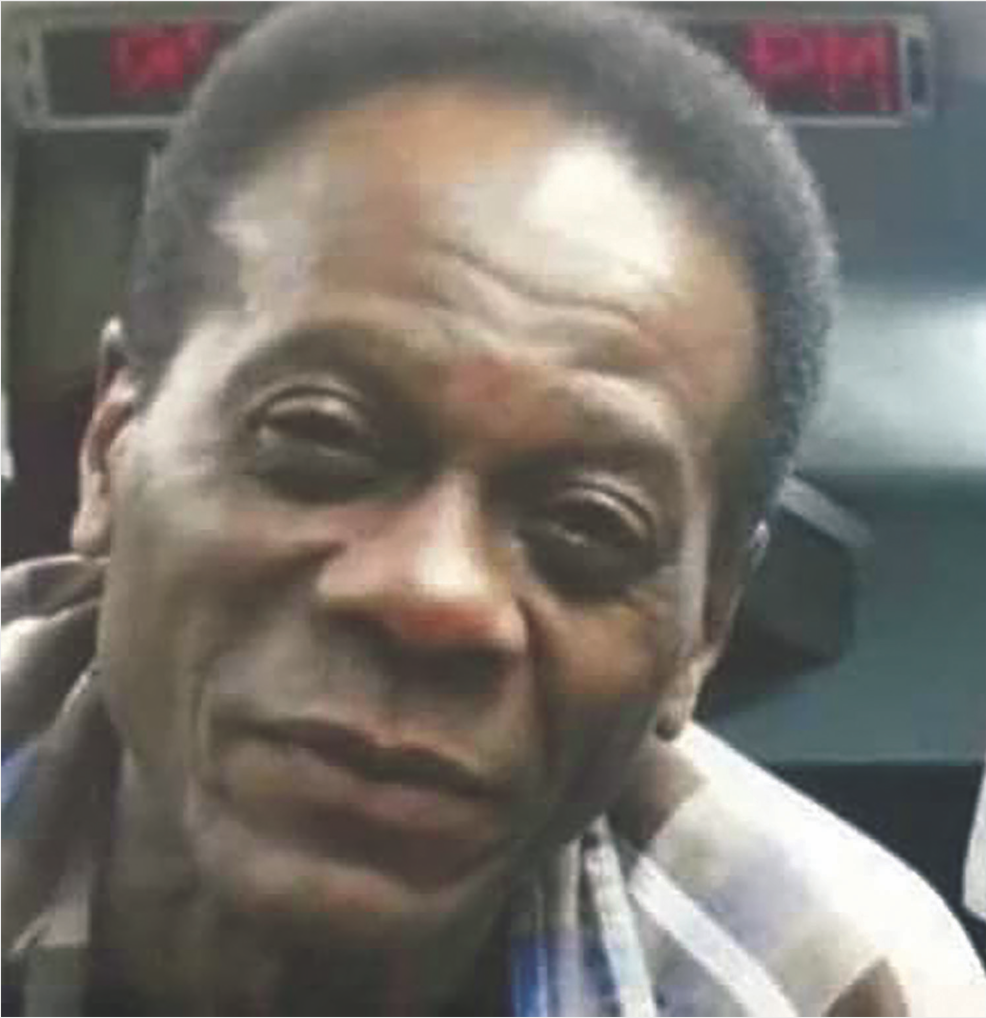
By: Ken Hamilton
Steve Belle was still visibly shaken by the untimely death of his friend and mentor, restauranteur Jesse Richardson, when I ran into both him and former inmate Rudolphus Boans at the Military Road Walmart. “I didn’t see you at the funeral,” Steve said to me. I responded, “I knew nothing about it until yesterday (after it happened).”
It was kind of flattering that from the thousand or so of people that Steve said he saw at the wake, he would even miss me; but it shouldn’t have been surprising to him, in as much as doctors likewise don’t know about every operation that takes place in local hospitals, and funeral directors don’t know about every funeral in town; nor do newspaper writers know about everything written in the local newspapers either.
Belle did say that he had a hard time being around the big crowds that were at the Richardson wake at the Colucci Funeral Home on Military Road near the six-corners of Packard and Porter roads, near the Tim Horton’s there, and not far from where Hutchins once had his automotive parts store, and the K-Mart store once lured shoppers from the small clothing store on streets like Highland in the northern parts of the city, and north Main Street in mid-town, and Niagara Street that ran parallel to its namesake river, just before the river took its magnificent plunge into the depths of the gorge, once being a bread basket of the city’s economy. That was back when homicides did occur, but with a much larger city population, their impacts were less – much less than the impact of businesses moving out of the city and subsequently increasing the ratio of crime in its remnant wake. “I couldn’t do big crowds like that,” Belle said, “but Jesse gave me my first break in business.”
For 15 years, the affable Belle owned and operated Flight Food Service at the Niagara Falls International Airport, servicing the airlines and passengers that made flights into and out of western New York’s second-largest commercial airport. His comments were in reference to the guidance and education that Richardson had given him in how to start and run a business.
And Belle, like Richardson, was about business, despite its size and scope. As a result, he sought advice from other pillars of the community in the art and science of his profession. In addition to the mentoring of Richardson, Belle said that he also sought and received knowledge and advice from accountant Arthur B. Ray, Sr. and funeral director Teddy Williamson. It is to these gentlemen and others, that Belle credits a great deal of his success in life, citing Richardson as a “pillar of the community.”
Belle went on to say that he had spoken with Richardson a week after a serious incident happened to Richardson, whereas Belle was told that he has to be aware of all people all around you.
As a result of that incident, about which Belle didn’t disclose much information, Belle was inclined to believe that Richardson’s demise was indeed a homicide – as the police investigators were treating it, though they had no conclusive evidence of it being such without an autopsy report. Belle said that he was reluctant to say that those who may have been involved in the prior incident and Richardson’s untimely death were related. He then hailed back to so many people, especially African-Americans who were, at best, prosecuted and jailed in the past without conclusive evidence of their participation in a crime; and more extremely, significant numbers were never tried and simply executed in the far-past by racist vigilante groups, and that he didn’t want to repeat the thinking of the past by falsely indicting anyone without evidence of their involvement.
“I was sad, really sad,” Belle said of Richardson’s death. “He was sure one of God’s soldiers. He would always touch me with a verse in the Bible. He was a mentor and reached me at different levels of my life.”
“When they are gone,” Belle continued, “you can feel their good for days and days. It just doesn’t feel good without them being on the planet. I really looked up to him (Richardson).”
Gone, too, are the Art Rays, Teddy Richardsons and other ‘pillars’ that, despite their own faults, gave encouragement, guidance and hope to a growing community that is now too often displayed as the poster boy of crime in the city.
“He (Richardson) was so good to me and my dad,” Belle said. “I just want people to know that here was a good man. It is a brotherly love. You love the family.”
But even in the cold shadows of the death of Richardson, how bad is crime in the city?
According to Belle, “We are not as bad as some other cities. We work together trying to make our children better. It is what other cities around us are trying to get. When someone who is a pillar to the community, then it affects everyone. You see that the mayor (Mayor Robert Restaino) came out.”
What then, according to Belle, is the solution?
“We have to improve the education of the children,” Belle said. “We have to tighten up and teach our children. About Niagara Falls, everybody knows somebody. It is hard for somebody’s child to hurt somebody else’s child. He has to be accounted for.”
Belle believes that with the legalization of recreational marijuana that the drug problem – in the past a major precipitous to crime — has calmed down. But if what led to the death of Richardson was a robbery attempt, as many community members believe, then the legalization of recreational marijuana may have been deemed the need for the robbery. The illicit trade in marijuana was itself a business – a double-edged sword that when tossed haplessly into the air could come down and cut in various ways.
In the capitalism of America – and capitalism isn’t necessarily a bad thing, much of crime is caused by the lack of business opportunities that exist within a community. Belle, as previously cited, is a businessman himself, and when asked what would become of Richardson’s Highland Avenue restaurant, he said that, “When black business owners had the grocery stores, their children didn’t want to take it over to make it grow. They don’t have time. I am
hoping that they (the family) take it over and keep the name. We need to keep that family unit.”
Next week, we explore that ‘crime-reducing family unit concept’ through the words of Belle’s friend and spiritual brother, Rudolphus Boans, who’s checkered past led him to become the founder of such organizations as founder of Stop the Violence Coalition, which later gave birth to organizations of non-violence advocacy groups like the United Front, 100 Mighty Men, MADD DADS and others like the Buffalo Peacemakers, whose Niagara Falls’ local similarly-named group was introduced to Niagara Falls by former Niagara Falls City Councilman Ezra Scott, whose mantra was “A connected community is a protected community,” reflects 16th century poet Richard Donne’s work, For Whom the Bell Tolls that cites that, “No man is an island.” It indicates that the destiny of anyone is in part the death of everyone.
In Niagara Falls, death is a part of the death of a city.


